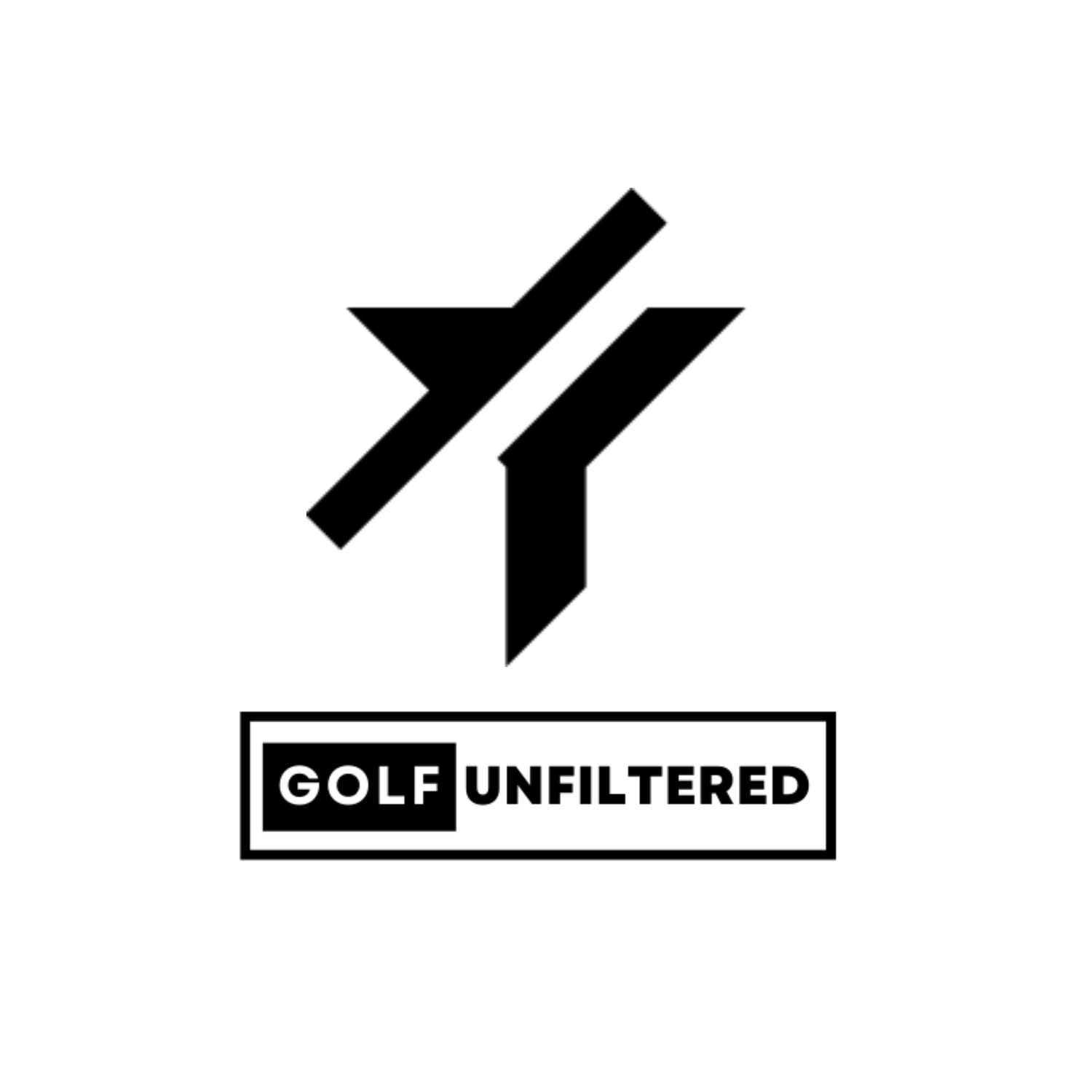Why Do You Choose One Golf Club Over Another?
 With all the golf club options on the market today it's nearly impossible to choose one club over another when upgrading your set. So what do amateur golfers look for most when purchasing one club over another?
Earlier in the week I went on a mini Twitter-rant regarding the validity of golf club tests like Golf Digest's Hot List and similar reviews. The cynic in me believes that some of these tests (not all, but some) are biased toward advertising dollars. Big companies have more money and more products, and they'll do anything they can to keep their clubs on the front page. But what do golfers really think?
With all the golf club options on the market today it's nearly impossible to choose one club over another when upgrading your set. So what do amateur golfers look for most when purchasing one club over another?
Earlier in the week I went on a mini Twitter-rant regarding the validity of golf club tests like Golf Digest's Hot List and similar reviews. The cynic in me believes that some of these tests (not all, but some) are biased toward advertising dollars. Big companies have more money and more products, and they'll do anything they can to keep their clubs on the front page. But what do golfers really think?
Over the past week I have taken to Twitter and Reddit (probably the fastest ways to do some crowdsourcing in today's world) with that very question. My hope was to identify trends from these responses, and maybe learn something about the purchasing behaviors of my fellow weekend hackers.
Well, you didn't disappoint.
Warning! Amateur Survey Notice!
My impromptu survey only yielded about 25 responses, but some trends did emerge. While many responses focused on a golf club's performance, appearance, brand loyalty and price tag, the overwhelming majority of responses (nearly 73 percent) mentioned feel. In fact, a small number of responses suggested that a club's feel was the sole deciding factor considered before making a purchase.
Not data. Not statistics. Not even price tag. Simply how the golf club felt at impact. So why do some of the leading golf club review tests focus on all that other "stuff?"
If you are a leading golf club developer, chances are those results are nothing new. I suspect that most companies use "club feel" as their baseline, focusing more on selling consumers on the data and performance attributes, hoping to show how their club rises above the rest.
"Yeah, we know our club feels like you're hitting rocks, but just look at those spin rates!"
Why Should We Care?
I'm willing to bet the majority of amateur golfers couldn't tell the difference between a driver built in 2014 and one from 2009. Furthermore, I highly doubt weekend hackers who play maybe 20 rounds a year could distinguish club performance differences between two drivers made in the same year.
Be honest: if a driver gave you five yards more off the tee, would that be enough to persuade you to buy it over another option? Do you even care about optimal spin rate and loft angle?
No. You care about how comfortable a club feels. Comfort breeds confidence, and confidence breeds performance.
But is comfort enough of a push for me to spend $400 on a new driver?
The Grass Isn't Always Greener
Simply stated, the driver you have right now is probably just fine for your playing level, especially if its less than five years old.
As I mentioned above, there's a good chance that you can't tell the difference between clubs from two different years. For example, I get similar shot data results from hitting the TaylorMade R1 compared to the R11. I do hit the former slightly further than the latter, but not by any drastic difference. Certainly not enough to make me reach for my wallet.
If you're in the market for a new set of clubs, make sure its for the right reasons. If your current set is more than ten years old, then it might be time to upgrade. Some of the newer club features are snazzy and eye-catching, but if most of us just care about how a club feels anyway, stick with what gives you the most confidence.
